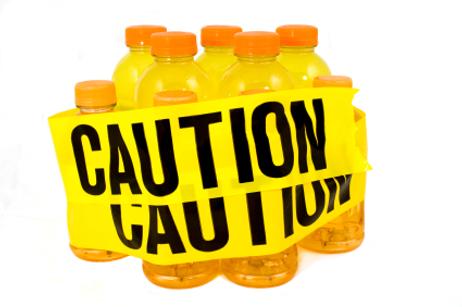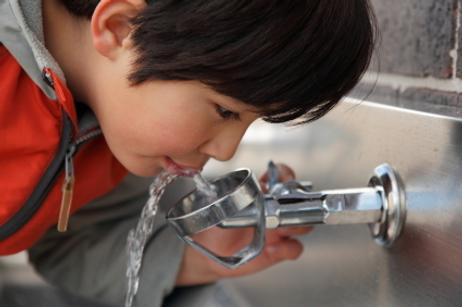Gatorade has long been touted as the sports drink of the American athlete, from the traditional dunking of the pro football coach after a victory to professional NBA players making appearances in Gatorade commercials. Beverages are popular in school vending machines today, particularly since soda has been removed from most of the hallowed halls of secondary academia.
However, if these beverages really good for you, why are more lawmakers pushing to have them banned from school along with the caramel-colored, carbonated counterparts?
Bidding Farewell in California?
According to a recent report in the L.A. Times, the state senate in California and the Assembly's Education Committee recently passed SB1255 to remove Gatorade and other sugar-laden sports drinks from schools. The bill, originally introduced by former bodybuilder and current Governor of California, Arnold Schwarzenegger, will next go to the Assembly Health Committee for approval.
Why the attack on seemingly innocent and colorful sports beverages? It turns out these drinks boast a powerful punch of sugar and sodium, which may counter the potential health benefits for most children. Despite the abundance of electrolytes in the formulas, these beverages can also contribute to the obesity problem in this country, and they may even raise the risk of high blood pressure issues in younger patients, thanks to the high sodium content.
This video explains how sports drinks are loaded with sugar that kids just don’t need when they get out and play.





















